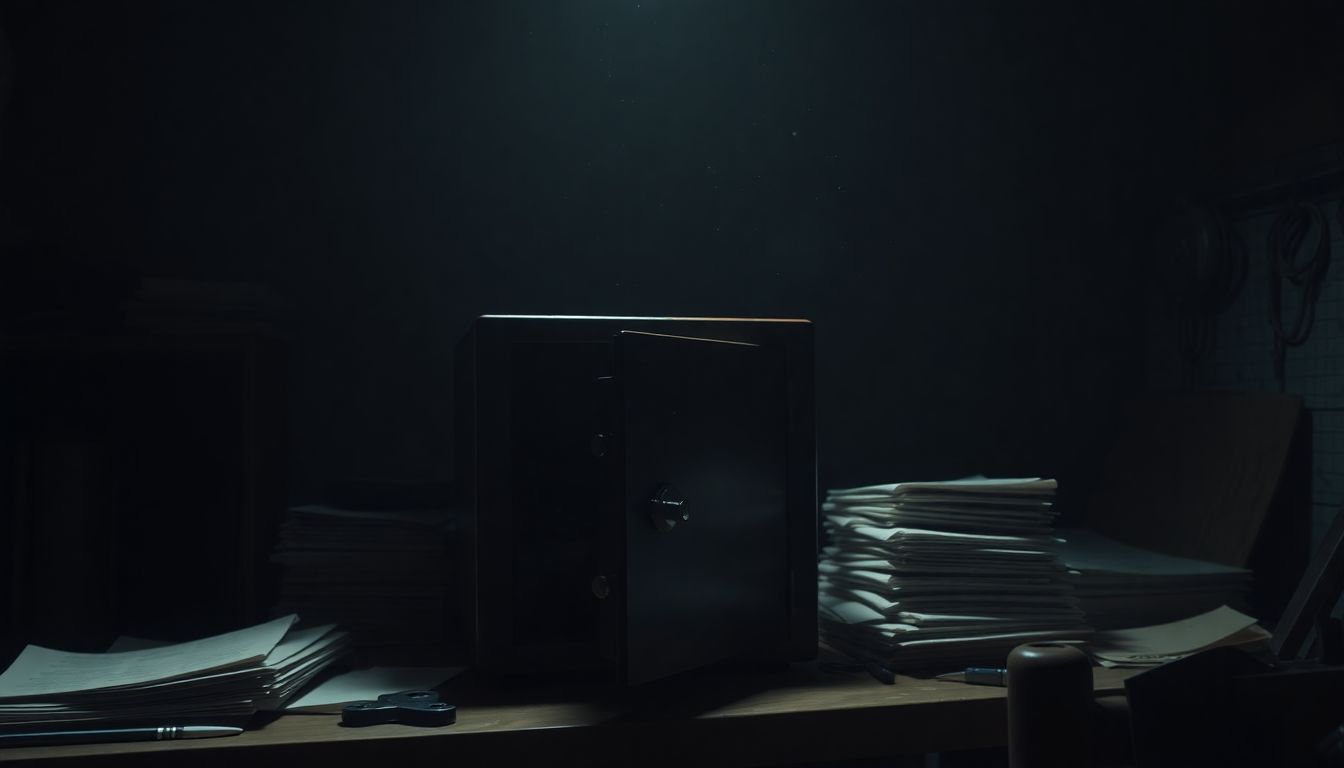
Biggest Safe Buying Mistakes: Avoid These Costly Errors
Home burglaries have seen a rise, with a burglary occurring every 30 seconds in the U.S. The financial impact can be staggering, with the average loss per burglary reaching over $2,500. Choosing the wrong safe can lead to severe financial loss, loss of sensitive data, or both. This article will highlight common mistakes to avoid when purchasing a safe, ensuring peace of mind and protecting your valuables.
Ignoring Your Specific Needs
Understanding Your Security Risks
Assessing your security risks is crucial. Different households face varying threats like fire, theft, or flooding. According to the FBI, over 1.1 million property crimes were reported in 2021 alone. Understanding these risks helps in selecting the right safe.
Choosing the Wrong Safe Type
Not all safes are created equal. Here are common types:
- Fireproof Safes: Protect documents and valuables from fire.
- Burglary-Resistant Safes: Designed to withstand break-ins.
- Gun Safes: Offer secure storage for firearms.
Choosing the wrong type can mean losing everything. For example, a fireproof safe would be ineffective against theft.
Overlooking Capacity and Dimensions of the Safe
Accurately assessing your storage needs is vital. Measure your valuables and ensure they fit accordingly. Don’t forget to consider future needs. What if you acquire more valuables? A too-small safe leads to frustration and unprotected items.
Failing to Research and Compare Safes
Relying on Price Alone
Selecting a safe solely based on price can be risky. Cheaper safes often lack crucial security features. A study reveals that higher-priced safes tend to have better lock mechanisms and materials. Always weigh security against cost.
Neglecting Safety Ratings and Certifications
Certifications tell you a lot about a safe’s reliability. Look for trusted labels such as UL (Underwriters Laboratories) for fire resistance and ETL ratings for burglary protection. Knowing how to interpret these ratings can save you from poor investment.
Not Reading Reviews
User reviews are gold mines of information. They can highlight weaknesses or potential problems with specific models. Don’t skip this step—real-world experiences can guide your decision.
Installation Oversights of the Safe
Improper Anchoring and Bolting
Correctly bolting your safe to the floor or wall is essential. A safe that’s not anchored can be easily stolen. Use illustrations or manual guides for visual help.
Neglecting Concealment Strategies
Choose a discreet location for your safe. The safer it is from prying eyes, the better. Consider additional security measures like alarm systems or hidden locations.
Failing to Test the Safe’s Functionality
After installation, always test the locking mechanism and other features. This ensures everything works correctly. Don’t wait until you need it to find out there’s an issue.
Underestimating Insurance and Liability of the Safe
Lack of Adequate Insurance Coverage
Verify that your homeowner’s or renter’s insurance covers the contents of your safe. Documenting valuable items helps boost coverage. This step is key for peace of mind.
Ignoring Liability Issues
Consider liability implications, especially for dangerous goods like firearms. Responsible ownership includes understanding potential legal repercussions. Stay informed to protect yourself.
Not Understanding Warranty and Service Plans
Read warranty information thoroughly. Understand what it covers and what service options are available if things go wrong. Knowing this can save you hassle later.
Neglecting Maintenance and Upkeep of the Safe
Ignoring Regular Inspections
Conduct regular inspections to spot any issues with your safe. Routine checks ensure functionality. It’s a small step that can prevent big problems.
Failing to Update Security Measures
Keep your security measures up to date. Change combinations regularly and stay aware of technological advancements. Adapting can prevent unauthorized access.
Forgetting to Protect the Safe from Environmental Damage
Safeguard your safe against extreme temperatures and humidity. These factors can damage locks and materials over time. Maintain your safe condition for longevity.
Conclusion
In summary, avoiding these common mistakes when purchasing a safe is crucial. Making informed decisions ensures your valuables and important documents remain secure. Conduct thorough planning and research to protect what matters most. Start today and secure your peace of mind.
Be sure to check out my other posts to learn more about staying safe online and other helpful topics!